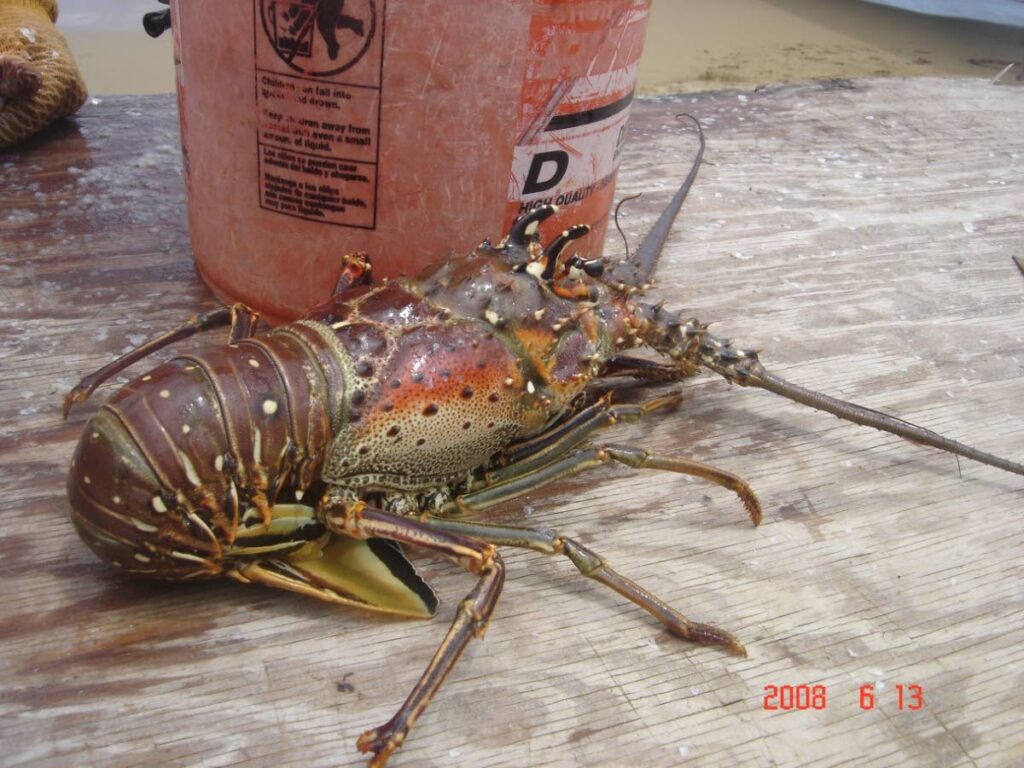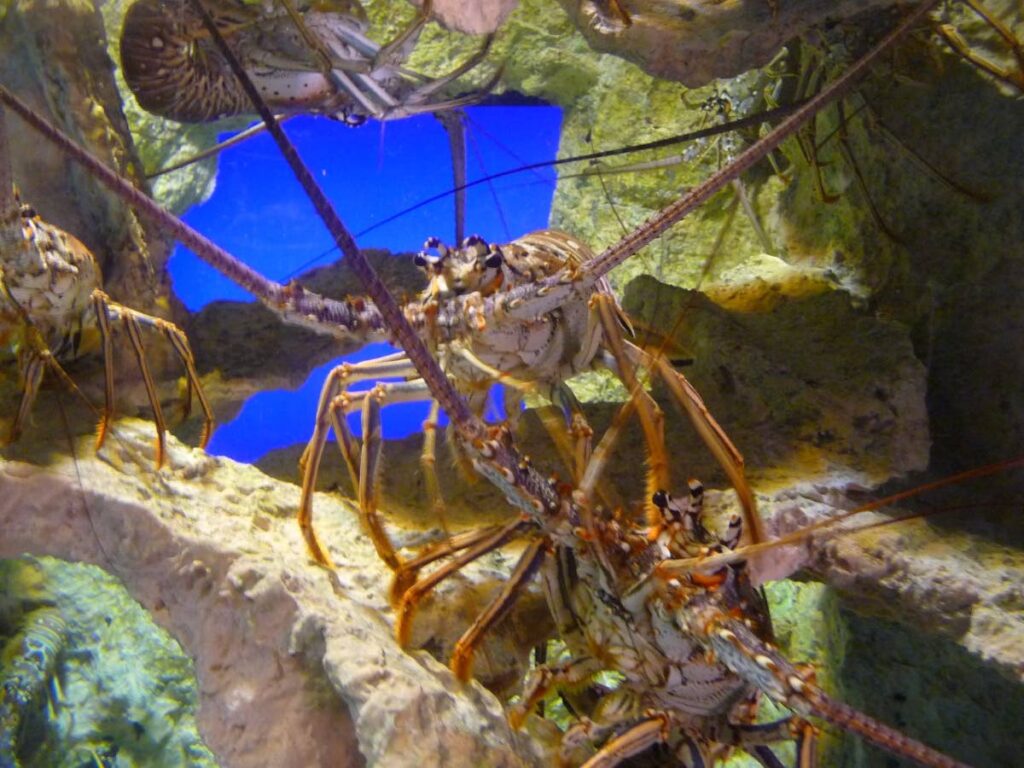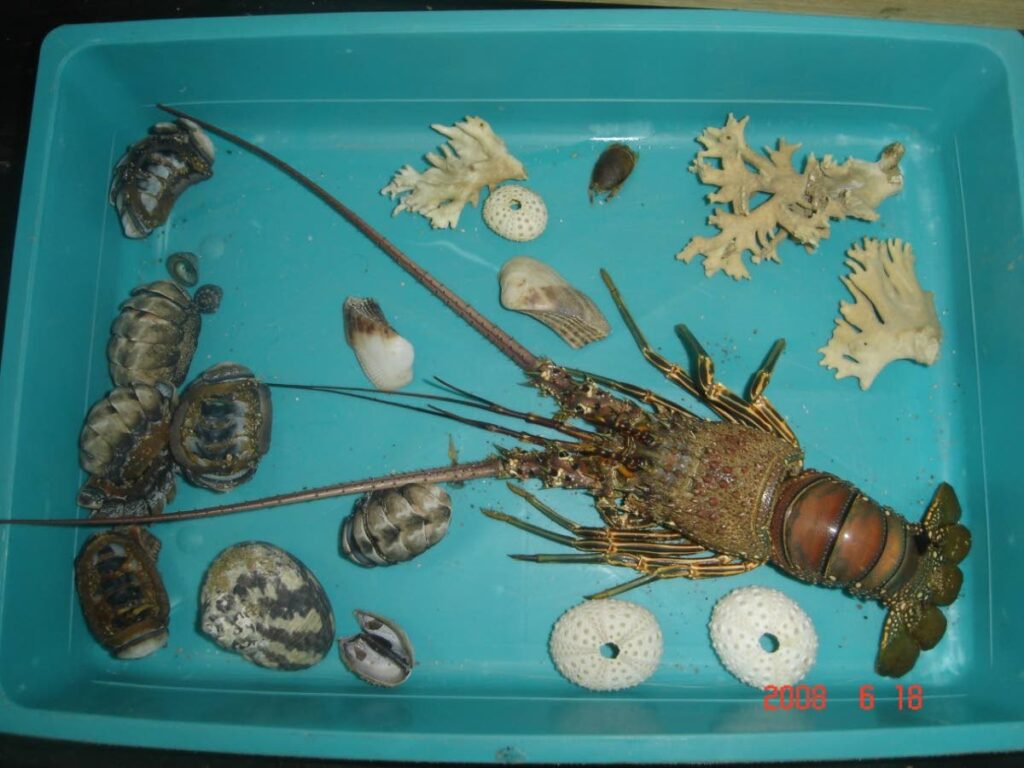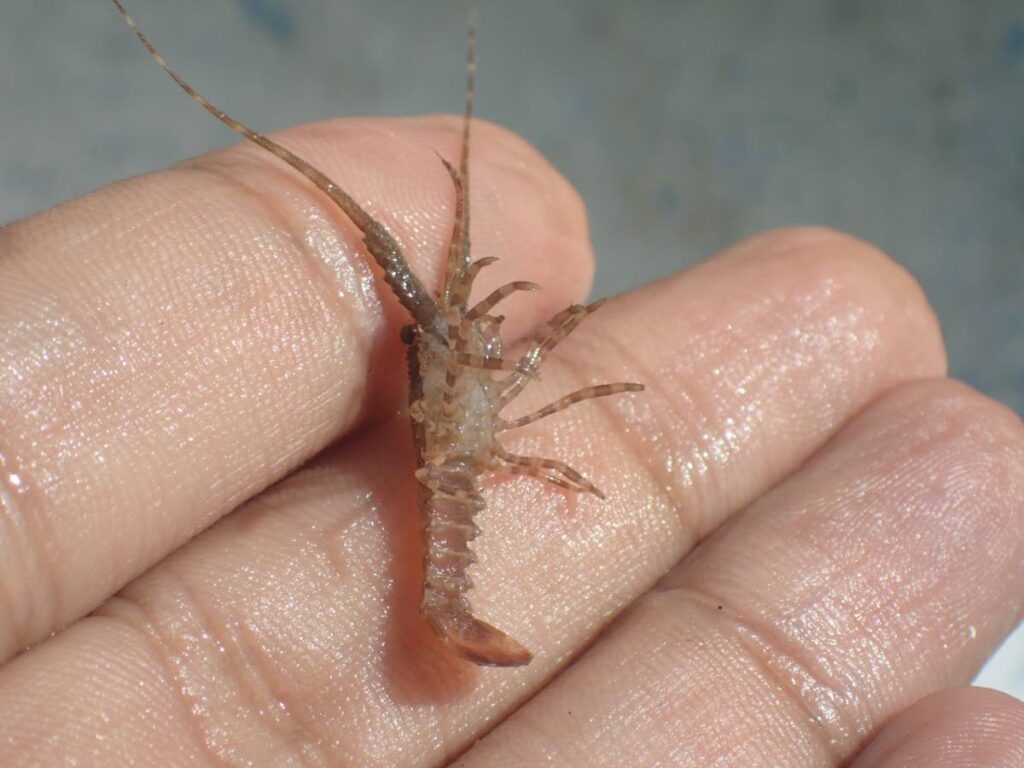Protecting the Caribbean spiny lobster

Found from the Gulf of Mexico to the South Atlantic, the Caribbean spiny lobster (Panulirus argus) is a popular delicacy due to its size and weight.
Given their long lifespan, these lobsters can grow up to 40 centimetres and weigh as much as seven kilogrammes.
Aquatic ecologist Dr Ryan Mohammed told Newsday Kids, "They could live in excess of 10 years but some have been recorded to live as long as 15 years which means they can get fairly large.
"Their size, and the fact they are fairly easy to catch, are the two main reasons they are consumed."

Mohammed said these lobsters are the largest of the roughly ten species of crustaceans – which includes crabs and shrimps – that are consumed in the Caribbean.
Often orange-red to brown, the bodies of these lobsters are adorned with yellow speckles.
"They do have spines all about their body which is how they get their name.
"However, unlike other lobsters, they do not have large claws.
"They evolved without big claws but they have modified legs which also serve as feeding appendages."
Opportunistic feeders, and omnivorous, these lobsters feed on anything that is easily accessible and readily available.
Their diets include fish, marine vegetation and even other crustaceans.

"They are opportunistic feeders which is one of the reasons they don't need big claws."
They are usually found in shallow waters and in small clusters as they compete for habitat and resources.
But their beautiful appearance which makes them easily identifiable, and their preference for shallow water, make these lobsters easy to catch.
Mohammed said, "You can find them in shallow water, so you can either catch them using traps or spearfishing."
In islands like Puerto Rico and St Croix, Mohammed said there are management plans to prevent these lobsters from being overfished.
But with no such management plan in TT, Mohammed said the local population of these lobsters have been left vulnerable to overfishing.
Mohammed suggests creating a season for when these lobsters can be harvested and creating a permit for catching them.
"Fishing permits should be issued to ensure only lobsters of a certain weight and size can be extracted.
"Any females with eggs should not be caught.
"It is also important to know that while they reach sexual maturity after two or three years (from birth), older individuals produce more eggs."

Pollution and loss of habitat are other threats.
Mohammed explained young lobsters are pelagic, which means they spend most of their time in the open sea.
So if there are pollutants in the water or properties of the water like temperature changes due to climate change, this can affect the survival rate for young lobsters which can have an overall effect on the species population.

Comments
"Protecting the Caribbean spiny lobster"